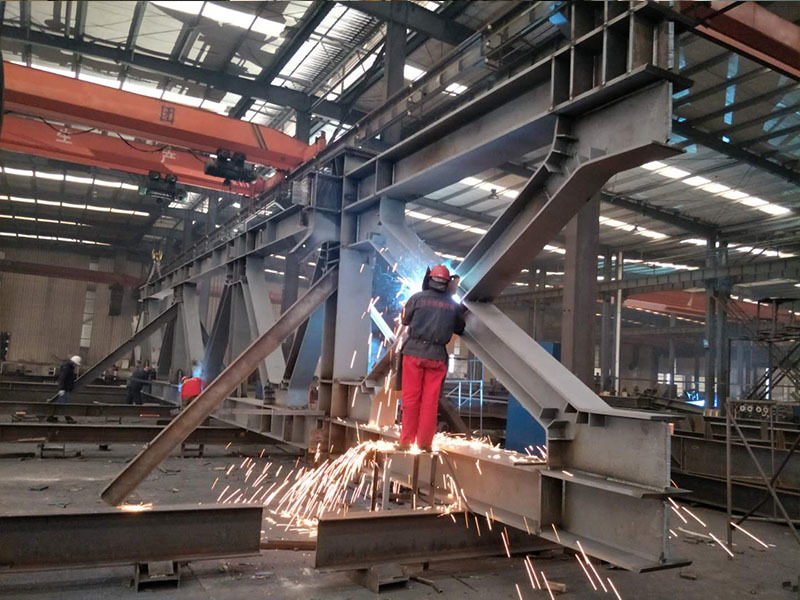Essential Insights into Steel Structure Design: A Comprehensive Guide
Release time:
2024-12-27
Steel structure design is a vital aspect of modern architectural engineering that emphasizes the use of steel as a primary material for constructing buildings and infrastructure. It involves a systematic approach to creating structures that are not only aesthetically pleasing but also capable of withstanding various loads and environmental conditions. The significance of steel in construction cann

One of the primary considerations in steel structure design is the selection of the appropriate type of steel. Different grades of steel have varying properties, such as yield strength and ductility, which can significantly impact the overall performance of the structure. Designers often rely on standardized grades, such as S235, S275, and S355, which correspond to different yield strengths, to ensure the material meets the structural requirements.
Another critical aspect of steel structure design is load analysis. Structures must be designed to support various loads, including dead loads (the weight of the structure itself), live loads (the weight of occupants and furniture), and environmental loads (such as wind, snow, and seismic forces). Accurate load calculations are essential for determining the appropriate dimensions and materials, ensuring that the structure can endure the forces it will encounter over its lifespan.
Connection design is also a fundamental component of steel structure design. The way steel members are joined together can greatly influence the structural integrity and overall performance. Various connection types, such as welded, bolted, and riveted connections, each have unique advantages and applications. Effective connection design ensures that forces are efficiently transferred between members, enhancing the structure's stability and durability.
Moreover, the design process must also take into account factors such as thermal expansion, corrosion resistance, and fire safety. Steel structures are often exposed to harsh environmental conditions, necessitating protective coatings and treatments to prevent rust and deterioration. Additionally, designers must comply with local building codes and standards, which dictate safety and performance criteria for steel structures.
Finally, advancements in technology, including Building Information Modeling (BIM) and finite element analysis (FEA), have revolutionized the steel structure design process. These tools enable designers to create more accurate models, simulate performance under various conditions, and optimize designs for efficiency and safety.
In summary, steel structure design is a complex yet fascinating field that combines engineering principles with innovative technologies. By understanding the fundamental components of steel structure design, professionals in the construction industry can create safe, efficient, and aesthetically pleasing buildings that stand the test of time.
Tag:
Related News


Can't find the service you're looking for? Contact us!
To inquire about our products, please leave your email to us and we will contact you within 24 hours.
Contact Us
Telephone:+86 15522531711
Landline:086 22-86220000
E-mail:18133150209@139.com
Address: Three Communities of Agricultural Corporation of Lutai Economic Development Zone, Tangshan City,China




